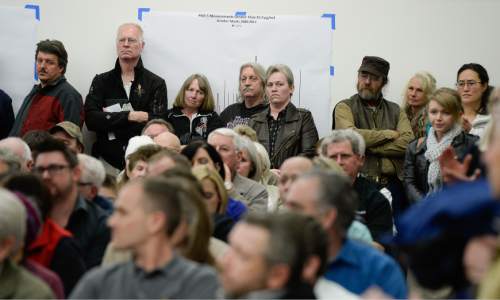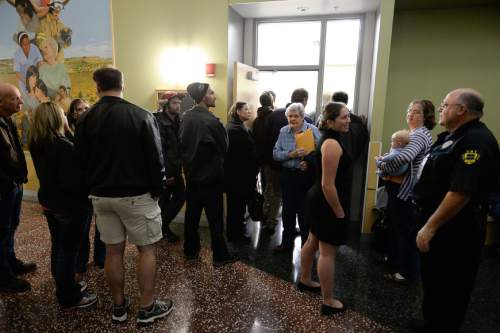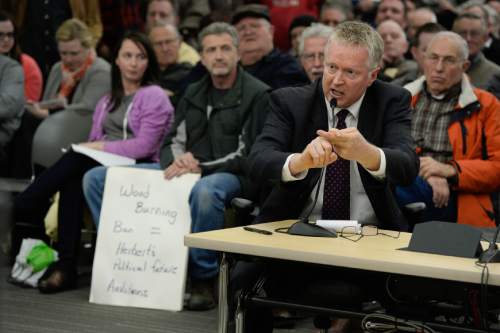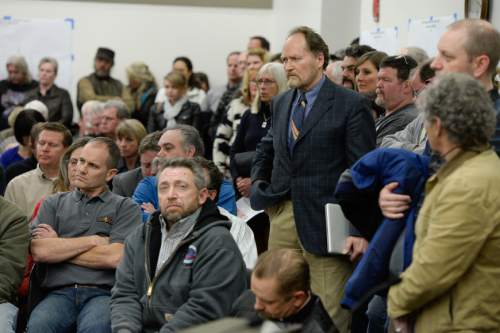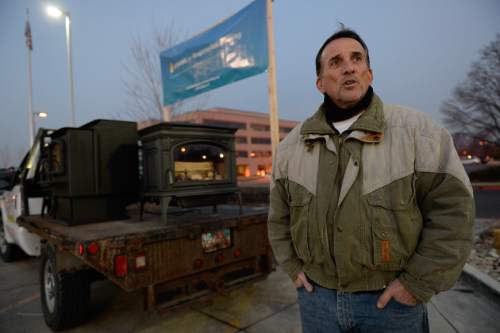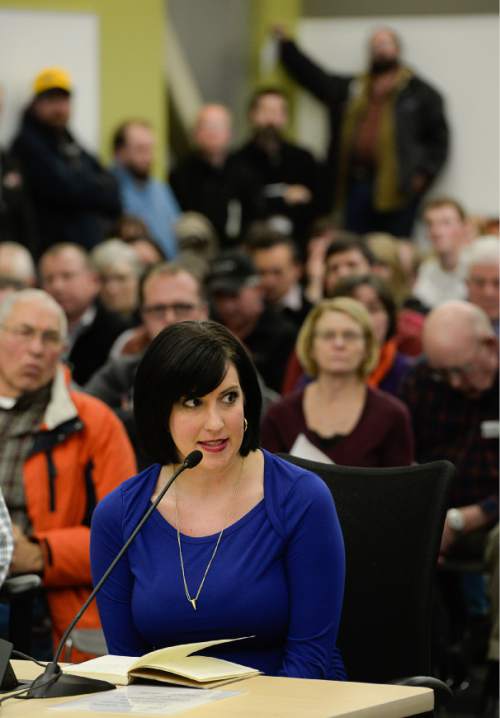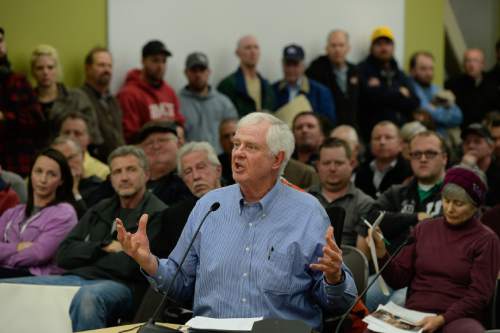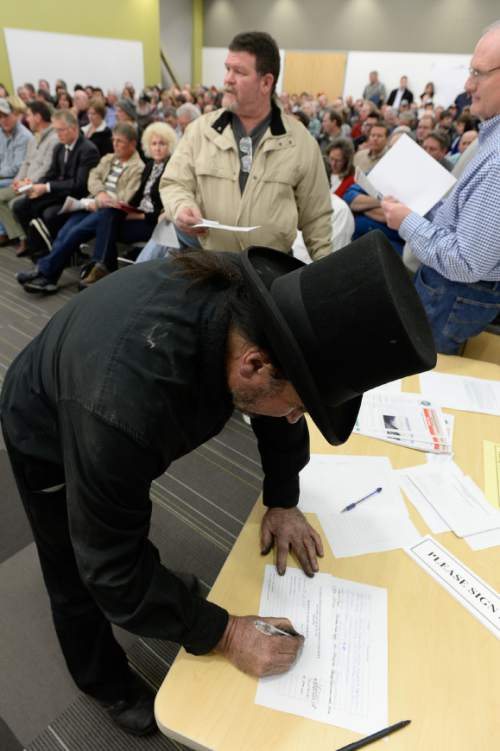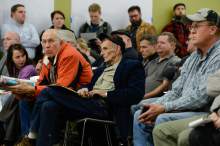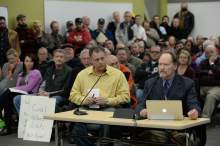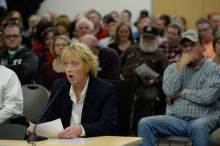This is an archived article that was published on sltrib.com in 2015, and information in the article may be outdated. It is provided only for personal research purposes and may not be reprinted.
Utah's proposed wintertime ban on wood burning appears to be going up in smoke after officials got an earful during a string of public hearings last month.
But tighter restrictions on burning that could target older, dirtier stoves and fireplaces are likely.
The Division of Air Quality will not push the ban that's currently before the Air Quality Board, agency director Bryce Bird told lawmakers Monday. Instead, state air quality monitors will use the information they have gathered to craft a different rule for wood.
"The ban for the entire Wasatch Front would be difficult to enforce, difficult to comply with and not necessary to address the regional air pollution problem," Bird said.
The division still is accepting public comment until Feb. 9 on the burning ban promoted by Gov. Gary Herbert.
But the revised burn restrictions that ultimately will be set by the Air Quality Board may very well fall short of the full ban that clean-air groups had wanted.
Activists acknowledged stepping back is prudent.
"The research about the hazards of wood smoke are really settled. But for most folks, this ban came out of nowhere," said HEAL Utah Executive Director Matt Pacenza.
"To successfully enact a proposal this bold requires many people to sacrifice. You need to do a tremendous amount of groundwork," Pacenza added. "That groundwork wasn't done."
DAQ held workshops last year, but only 30 people attended, and none were residential wood burners.
By contrast, at least 1,500 attended hearings last month held in each of the seven northern Utah counties affected by the ban.
The new rule was proposed as a step toward reducing particulate pollution during the Wasatch Front's November to March inversion season — the same time of year residents burn wood to warm their homes.
Already, burning is not allowed when inversions are building and starting to trap pollution in the valleys.
The ban garnered more public comment than any other rule DAQ has proposed in the past several years.
Utahns have submitted 1,210 comments so far, with 1,048 registering some form of opposition, according to Mark Berger, a planning coordinator with the agency. More than 5,000 signed online petitions demanding the ban be tossed or revised to exempt cleaner stoves.
Many critics of the rule said a ban should exempt newer, cleaner stoves. In the end, that idea gained traction with regulators.
Only 13 percent of the wood stoves in use along the Wasatch Front are low-emission units certified by the U.S. Environmental Protection Agency.
"Maybe a focus should be to move the 87 percent to that cleaner technology as a first step and see what that does," Bird said
Any new restriction would likely exempt homes that rely entirely on wood for heat, but they must be on the state's sole-source registry. On Tuesday, DAQ re-opened the registry, giving residents four months to apply.
Homes listed on the registry are not only exempt from burn restrictions. They are eligible for state-funded grants to pay for new gas-fired furnaces, which can cost up to $5,000.
Wood burning restrictions reflect a bigger public policy concern that should be part of a larger package, Pacenza argued.
The state "is going to have to come up with resources to help low-income people pay their natural gas and propane bills," he said. "Wood is functioning as an economic bridge for hundreds or thousands of people on the Wasatch Front."
Clean-air activists remain hopeful that a rule with some teeth will be enacted, but they rejected criticism that a wood-burning ban is "overreach."
"If we can reduce direct particulate by 5 percent, that's significant," said Rachel Otto, executive director of Breathe Utah. "What we have found from these hearings is there is a lot more burning going on than we thought.
"When there is an inversion, everything we put in the air is a problem," Otto added. "There is not room for wood burning in a valley of a million people."


